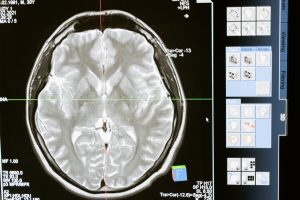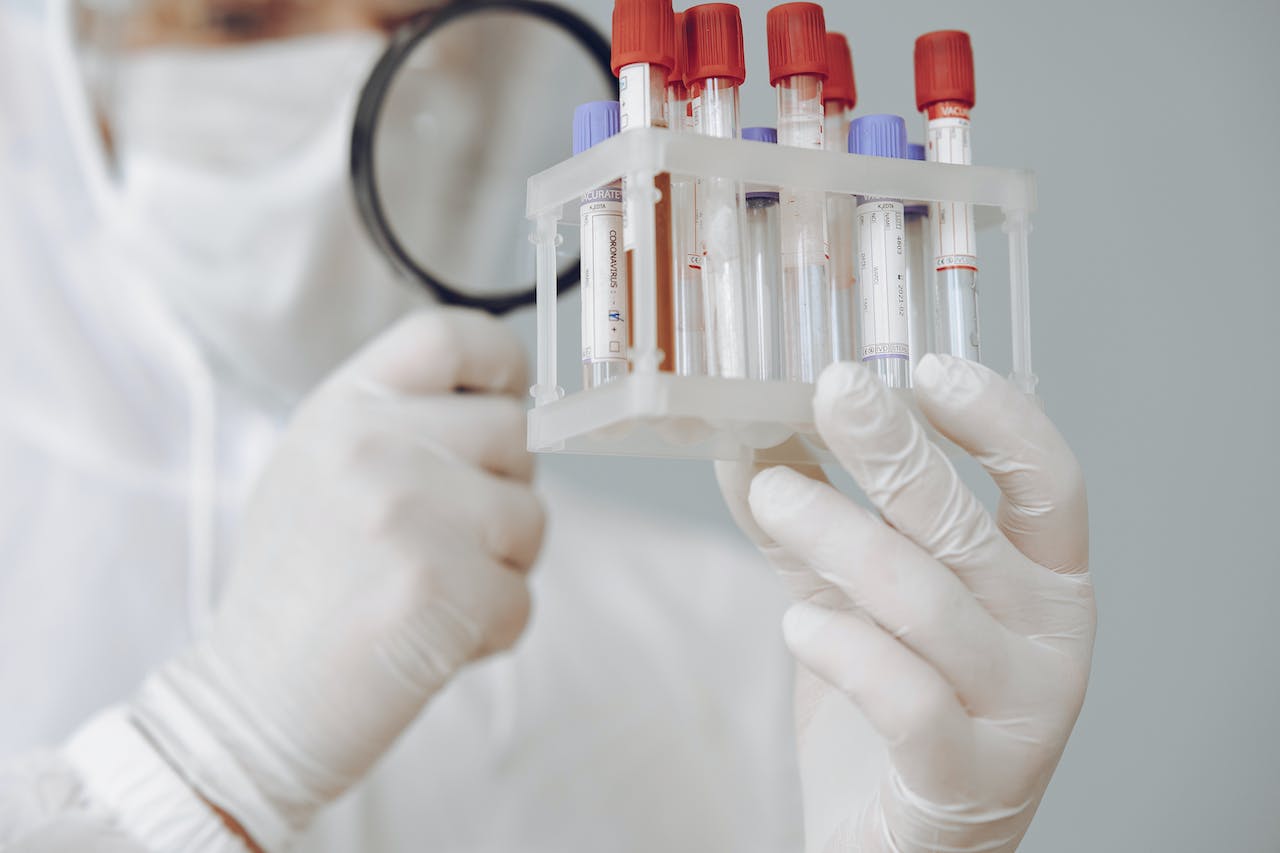Innovations play a pivotal role in shaping the landscape of education, constantly pushing boundaries and redefining the way knowledge is imparted. In the context of Kenyan medical practice, the integration of innovative approaches has been transformative, addressing unique challenges and fostering advancements. From cutting-edge technologies to novel teaching methodologies, these innovations are not only elevating the quality of medical education but also shaping the future of healthcare in Kenya.
Technological Innovations in Medical Training
In the heart of this educational revolution lies the infusion of technology into medical training. Virtual Reality (VR) and Augmented Reality (AR) have emerged as game-changers, providing students with immersive learning experiences. Through VR simulations, medical students can now practice surgeries in a risk-free environment, honing their skills with precision and confidence.  AR, on the other hand, overlays digital information onto the real world, enhancing anatomy lessons and allowing students to explore three-dimensional models of the human body. These technological innovations not only bridge the gap between theory and practice but also offer a dynamic platform for students to engage with complex medical concepts, creating a generation of more adept and prepared medical professionals.
AR, on the other hand, overlays digital information onto the real world, enhancing anatomy lessons and allowing students to explore three-dimensional models of the human body. These technological innovations not only bridge the gap between theory and practice but also offer a dynamic platform for students to engage with complex medical concepts, creating a generation of more adept and prepared medical professionals.
E-Learning Platforms: A Revolution in Access
The advent of e-learning platforms has significantly democratized medical education, making it more accessible to a broader audience. In a country like Kenya, where geographical constraints and limited resources often hinder educational opportunities, online platforms have broken down barriers. These platforms offer a plethora of resources, from video lectures to interactive quizzes, allowing students to learn at their own pace. Additionally, the flexibility of e-learning accommodates the diverse needs of students, enabling those with other commitments to pursue a medical education. This shift towards digital education not only broadens the reach of medical knowledge but also promotes inclusivity, ensuring that aspiring healthcare professionals from all backgrounds have the chance to contribute to the advancement of Kenyan medical practice.
Collaborative Learning Environments
Innovation extends beyond technology, encompassing novel pedagogical approaches that foster collaborative learning environments. Team-based learning (TBL) is gaining traction, encouraging students to work together on real-world medical cases. This approach not only enhances critical thinking and problem-solving skills but also mirrors the collaborative nature of healthcare practice. Moreover, interprofessional education brings together students from various healthcare disciplines, promoting a holistic understanding of patient care. By breaking down silos and fostering interdisciplinary collaboration, Kenyan medical education is cultivating a new breed of professionals equipped with the teamwork skills essential for navigating the complexities of modern healthcare.
Adaptive Learning Systems for Personalized Education
Recognizing the diverse learning styles and paces of students, adaptive learning systems are being implemented to tailor educational experiences. These systems use data-driven insights to customize the curriculum, ensuring that students receive targeted support where needed. Through adaptive learning platforms, educators can track individual progress, identify areas of strength and weakness, and provide personalized feedback. This not only optimizes the learning journey for each student but also enhances overall retention and comprehension. The integration of adaptive learning systems in Kenyan medical education marks a departure from the traditional one-size-fits-all approach, acknowledging the unique needs of each learner and optimizing their educational experience.
Community Engagement and Practical Exposure
Innovations in Kenyan medical education extend beyond the confines of classrooms and laboratories, emphasizing the importance of community engagement and practical exposure. Community-based education programs place students in real-world healthcare settings, allowing them to apply theoretical knowledge in a practical context. This hands-on experience not only solidifies their understanding but also instills a sense of responsibility and empathy towards the communities they will serve. Furthermore, these programs bridge the gap between academic learning and the realities of healthcare in Kenya, fostering a connection between students and the diverse healthcare challenges faced by the population.
The Role of Continuous Professional Development
In the rapidly evolving field of medicine, the journey of learning doesn’t end with graduation. Continuous Professional Development (CPD) has become a cornerstone of medical practice, ensuring that healthcare professionals stay abreast of the latest advancements and best practices. Innovative CPD programs leverage online platforms, webinars, and interactive modules to deliver ongoing education. This not only facilitates lifelong learning but also promotes a culture of adaptability and innovation within the healthcare community. As Kenyan medical professionals engage in continuous learning, they contribute to a dynamic and progressive healthcare system that can effectively address emerging challenges.
Conclusion: Shaping the Future of Kenyan Healthcare
In conclusion, innovations in education are propelling Kenyan medical practice into a new era of excellence and adaptability. From embracing cutting-edge technologies to reimagining traditional teaching methods, these innovations are shaping a generation of medical professionals equipped to navigate the complexities of modern healthcare. As Kenya continues to invest in progressive educational strategies, the ripple effects are evident in the quality of healthcare delivery and the resilience of its healthcare workforce. The commitment to innovation in education is not just a paradigm shift but a cornerstone for a healthier and more vibrant future for Kenya.

